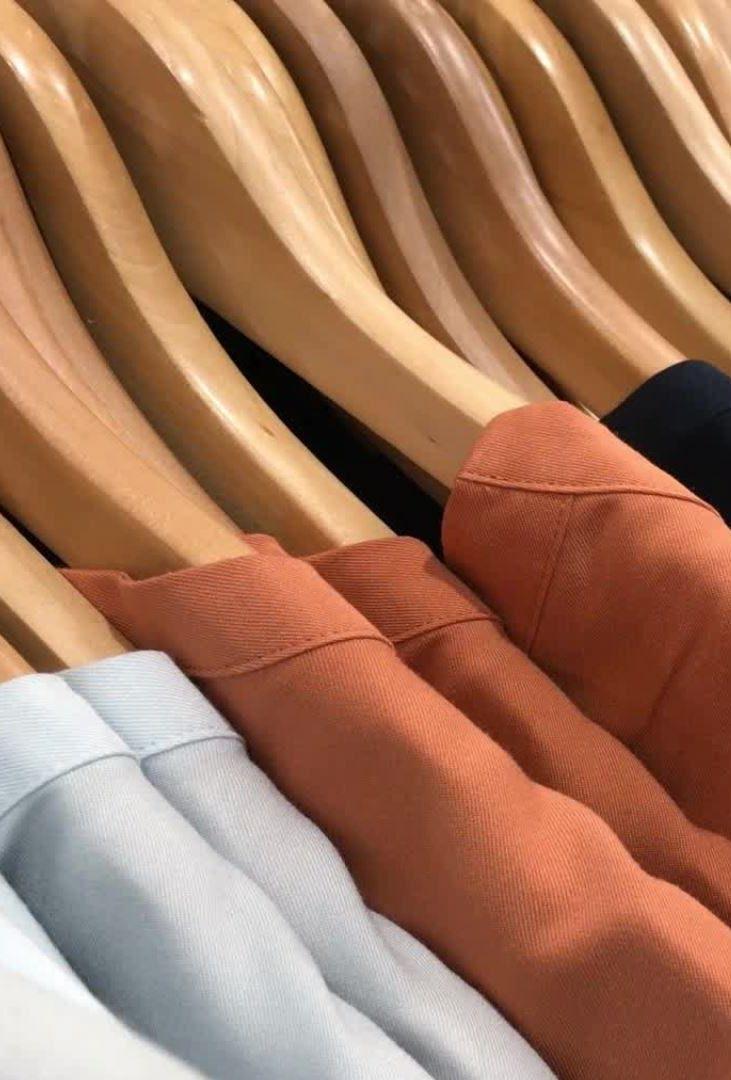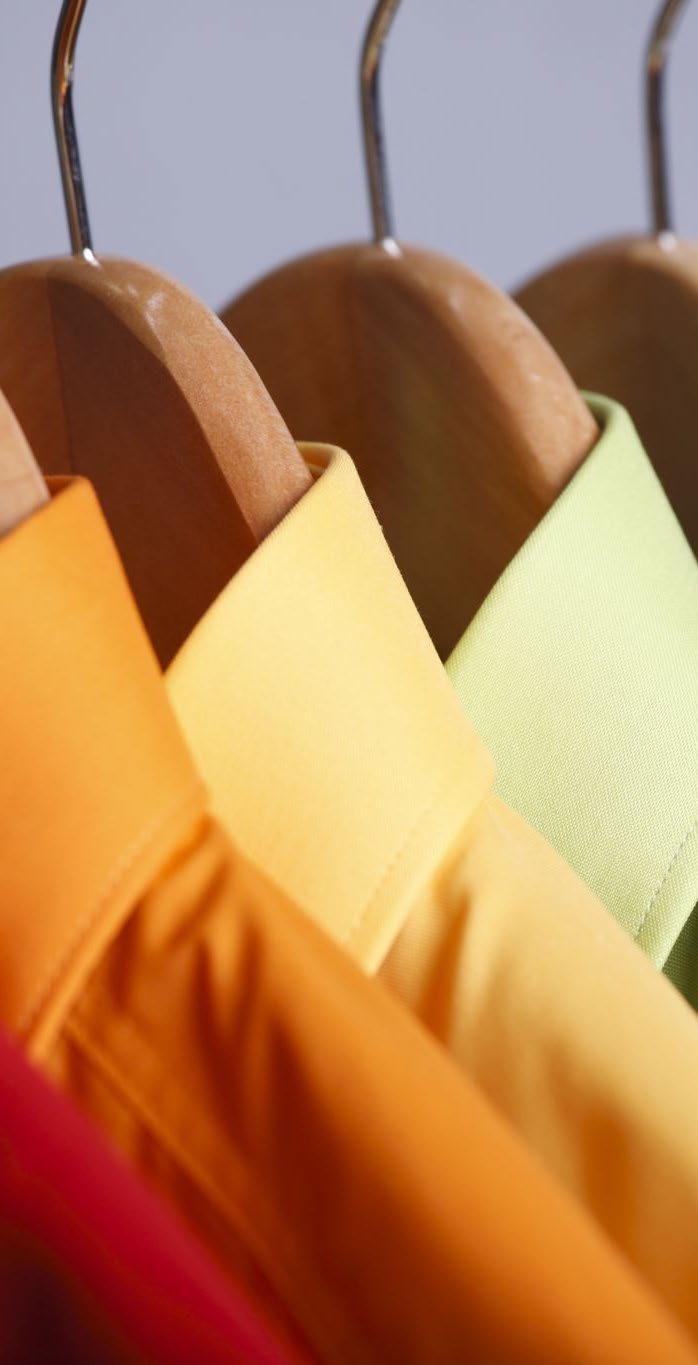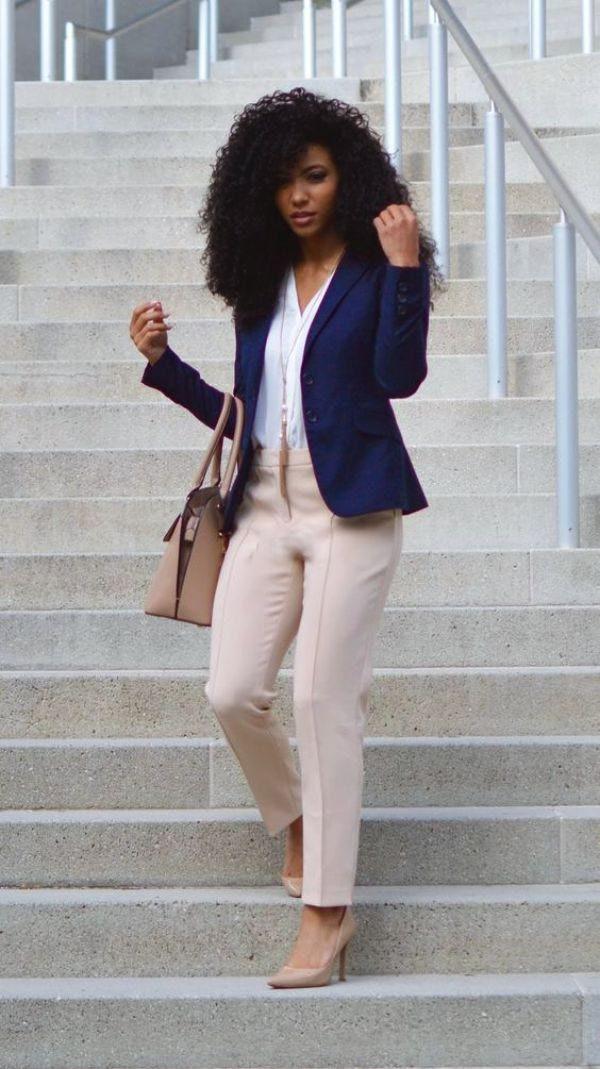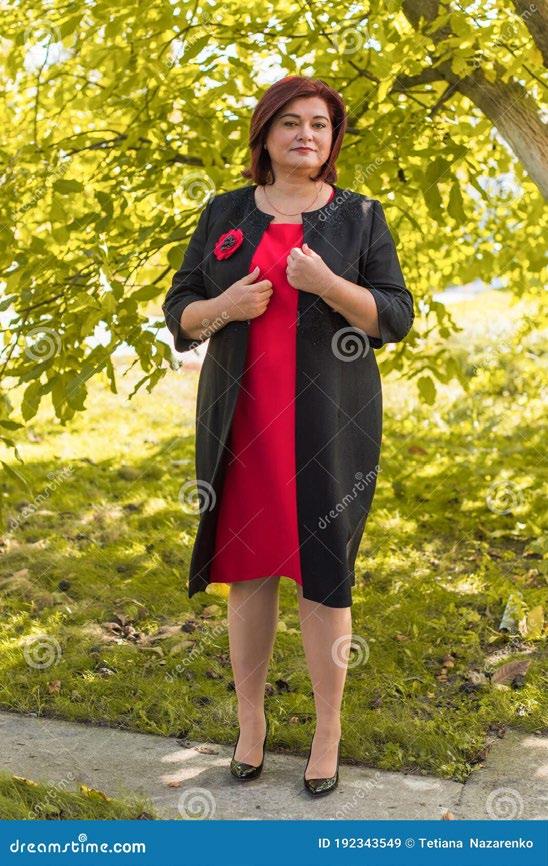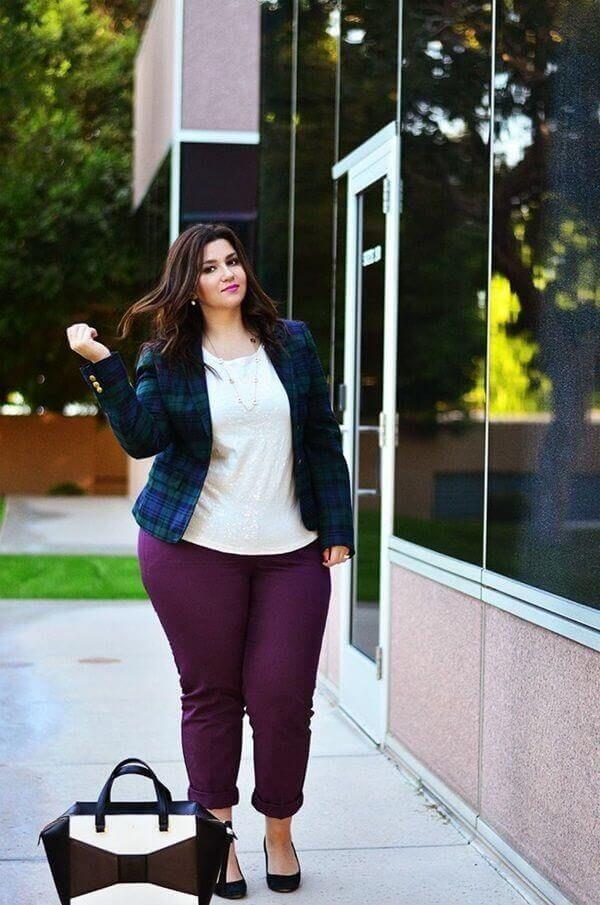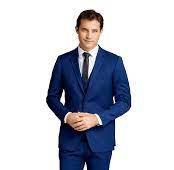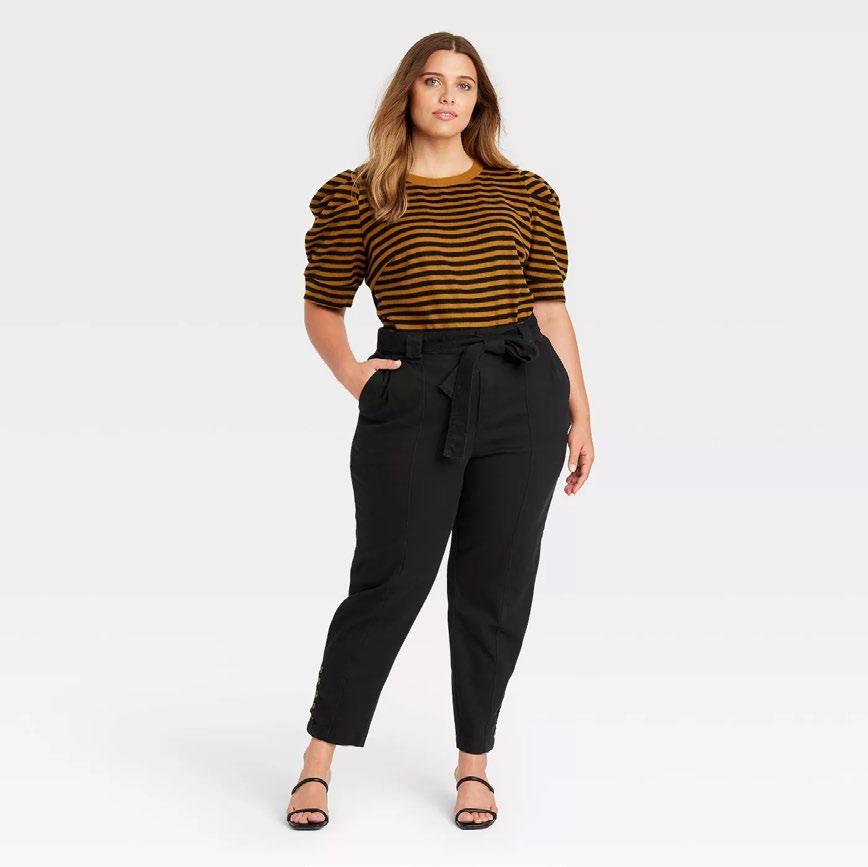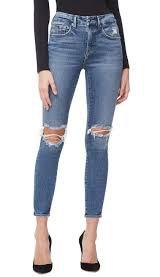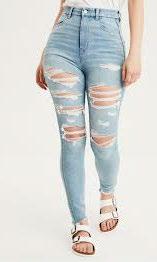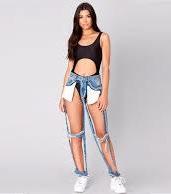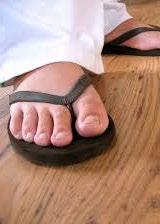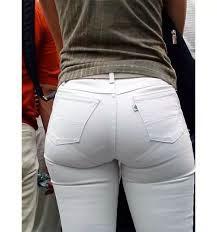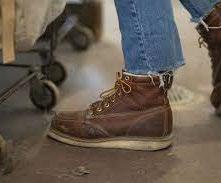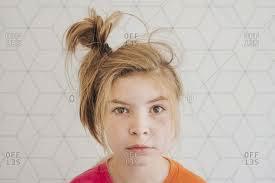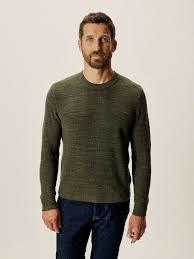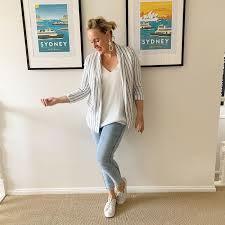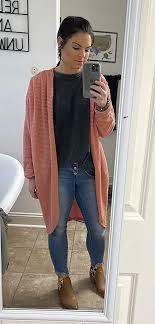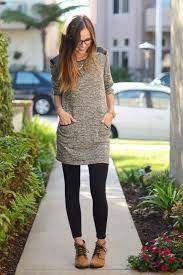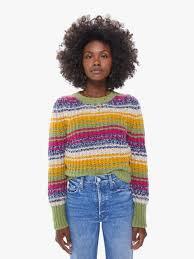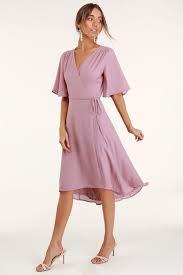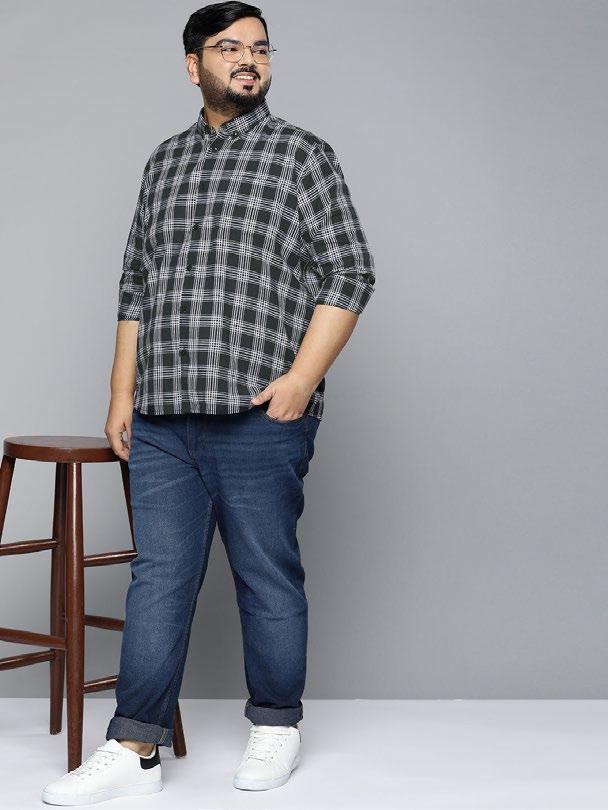GW CPA LLP
Firm Dress Code
Objective
Staff appearance contributes to GWCPA's culture and reputation. Staff are expected to present themselves in a professional manner that results in a favorable impression by clients.
Procedures
GWCPA managers may exercise reasonable discretion to determine appropriateness in staff dress and appearance. Staff who do not meet a professional standard may be sent home to change and will not be paid for that time. Reasonable accommodations will be made where required.
Appropriate workplace dress does not include clothing that is too tight or revealing; clothing with rips, tears or frays; or any extreme style or fashion in dress, footwear, accessories or fragrances.
Although it is impossible and undesirable to establish an absolute dress and appearance code, GWCPA will apply a reasonable and professional workplace standard to individuals on a case-by-case basis. Management may make exceptions for special occasions or in the case of inclement weather, at which time Staff will be notified in advance. Any staff who is unsure of what is appropriate should check with his or her manager or supervisor.
BUSINESS PROFESSIONAL ATTIRE
BUSINESS PROFESSIONAL ATTIRE
Business casual attire is expected of all staff when meeting with clients if business professional attire is not applicable.
Business casual dress is defined as follows:
Casual shirts: All shirts with collars, business casual crewneck or V-neck shirts, blouses, and golf and polo shirts. Examples of inappropriate business casual shirts include T-shirts, shirts with inappropriate slogans or graphics, tank tops, muscle shirts, camouflage and crop tops.
Pants: Casual slacks and trousers and jeans without holes, frays, etc. Examples of inappropriate pants include shorts, camouflage, and pants worn below the waist or hip line.
Footwear: Casual slip-on or tie shoes, dress sandals, and clean athletic shoes. Examples of inappropriate footwear include flip-flops and construction or hunting boots.
BUSINESS CASUAL ATTIRE
Casual attire for in office is not acceptable for client meetings.
Employees are expected to report to work well groomed, clean, and dressed according to the requirements of their position. If employees report to work dressed or groomed inappropriately, they may be prevented from working until they return to work well-groomed and wearing the proper attire. Employees should wear casual attire that is comfortable and practical for work, but not distracting or offensive to others. Any clothing that has words, terms, or pictures that may be offensive to other employees is unacceptable. Clothing should be free from stains, tears and wrinkles.
Clean Khaki type pants or jeans (no sweatpants, shorts, yoga pants, or leggings*)
Casual shirts (no sheer, midriff baring or backless)
T-shirts (with no offensive language or pictures)
Sweatshirt/sweaters
Sleeveless tops (no spaghetti straps)
Loafers
Flats
Boots – (no work boots)
Sandals (no flip flops)
*(Leggings may be worn with tops or sweaters that hit mid-thigh)
